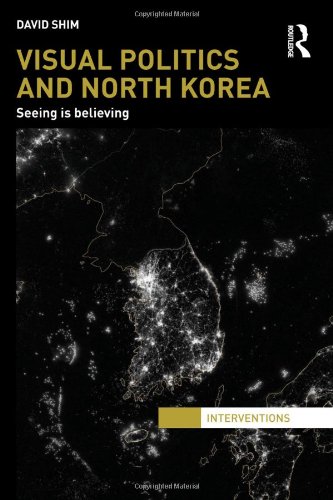

Most ebook files are in PDF format, so you can easily read them using various software such as Foxit Reader or directly on the Google Chrome browser.
Some ebook files are released by publishers in other formats such as .awz, .mobi, .epub, .fb2, etc. You may need to install specific software to read these formats on mobile/PC, such as Calibre.
Please read the tutorial at this link: https://ebookbell.com/faq
We offer FREE conversion to the popular formats you request; however, this may take some time. Therefore, right after payment, please email us, and we will try to provide the service as quickly as possible.
For some exceptional file formats or broken links (if any), please refrain from opening any disputes. Instead, email us first, and we will try to assist within a maximum of 6 hours.
EbookBell Team

4.3
28 reviewsIn the realm of international relations, there are seemingly few states like North Korea. Whether it is the country’s human rights situation, its precarious everyday life or its so-called foreign policy of coercion and nuclear brinkmanship, no matter what this ‘pariah’ nation says and does it affects the state and stability of regional and global politics. But what do we know about North Korea and how do we come to know it? This book argues that visual imagery plays a decisive role in this operation. By discussing two exemplary areas – everyday photography and satellite imagery – the book takes into account the role of images in the way that particular issues related to North Korea are understood in contemporary geopolitics. Images work. They do something by evoking a particular perspective of what is shown in them, allowing only specific ways of seeing and knowing. In this sense, images are deeply political. Individual methodological usages in the book can provide a procedural basis from which to start or rethink further studies on visuality, both in IR and beyond. It also opens an innovative path for future studies on East Asia, making the book attractive to a range of specialists and thus holding an appeal beyond the boundaries of a single discipline.